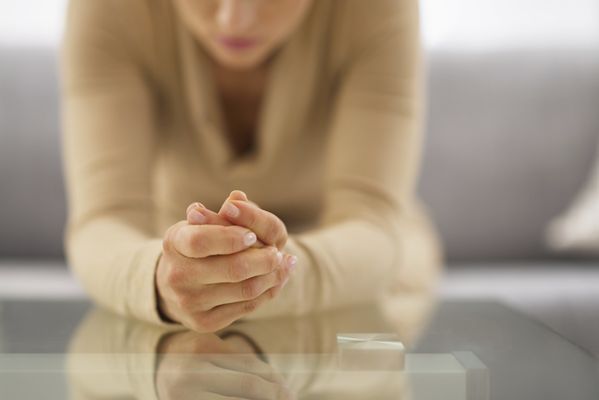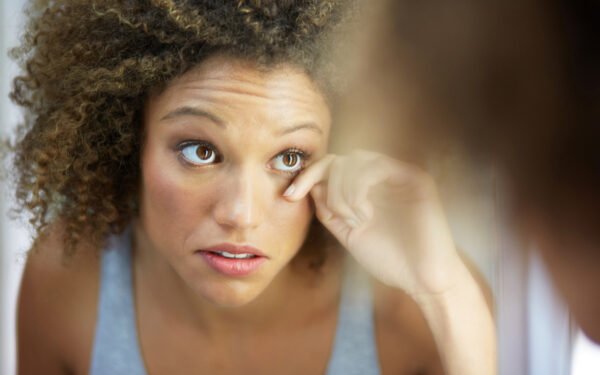
5 Alternative OCD Treatments

Obsessive-compulsive disorder (OCD) is a chronic disorder causing the person to have uncontrollable, reoccurring thoughts and behaviours that add to their anxiety. There is this obsessive – compulsive counseling services in Myrtle Beach, SC that can provide a diagnosis.
The FDA has approved a specific class of antidepressants as OCD medication, but they may result in side effects and not be effective. As a result, some OCD patients and healthcare professionals doubt the efficiency of OCD medicine, turning to alternatives to treat this condition.
Here are five alternative treatments for OCD; we recommend consulting your doctor before using any of these treatments after your diagnosis.
What to Know About Medications for OCD
Medication is the most effective and common treatment for OCD, but specific side effects and elements cause patients to opt-out of this treatment. Instead, a certain type of antidepressant, known as selective serotonin reuptake inhibitors (SSRIs), are prescribed to treat OCD.
These antidepressants restrict the reabsorption of serotonin, a monoamine neurotransmitter which modulates mood, cognition, reward, and other aspects. After facilitating cell communication between two neurons, serotonin is naturally absorbed into the neuron it came from.
SSRIs interfere with this process and keep the serotonin running for longer. However, an imbalance of serotonin can lead to mood disorders like depression, so it’s unclear how such antidepressants can help with OCD symptoms.
It’s also worth noting that OCD patients are usually prescribed higher doses of SSRIs than depression patients, leading to more adverse side effects after medication. That includes dry mouth, nausea, suicidal ideation, and trouble sleeping.
Alternative Treatments for OCD
These alternative treatments beyond medication have proven to treat OCD effectively.
1. Repetitive Transcranial Magnetic Stimulation
Repetitive transcranial magnetic stimulation (rTMS) is a popular alternative treatment for OCD. It involves a small device containing a magnetic coil of wire carrying electricity, as the device is placed on the scalp near the forehead. The device creates a flow of electricity, generating a magnetic field.
As a result, the electric current stimulates the neurons in the brain to become more or less active, depending on the patient. Several studies have shown a connection between OCD and the activity level of neurons.
Although the science behind rTMS is unclear, the stimulation appears to ease depression and improve the patient’s mood. Therefore, this non-invasive procedure is typically used when other treatments prove ineffective.
2. Deep Brain Stimulation
There are endless psychological therapies and medications prescribed to treat OCD, but 30-40% of patients are unsatisfied with their results. As sophisticated brain imaging technologies and functional magnetic resonance imaging (fMRI) were developed, professionals could make explosive growth in brain studies.
As a result, they found explanations for the neurobiological implications of OCD, suggesting treatments that target specific circuits in the brain. These treatments are helpful for those experiencing severe symptoms and not responding well to traditional treatments and medication.
Deep brain stimulation has proven helpful for about 60% of OCD patients, with long-term effects allowing them to reduce their medication. It has been approved by the U.S. Food and Drug Administration for treatment-resistant OCD under a Humanitarian Device Exemption.
3. Exercise
Aerobic exercise has endless physical benefits, including lowered heart disease and diabetes risk and reduced cholesterol levels. There’s also strong evidence that a healthy amount of physical activity can help reduce symptoms of most mental illnesses, including OCD.
Experts suggest that aerobic exercise and yoga can help reduce intrusive thoughts and images. However, the effects of exercise on OCD typically seem to show in conjunction with medications, so it’s important to note that exercise alone cannot treat OCD.
The exact science behind this treatment is unclear, but research suggests that moving the body can create new neurons in the brain. In addition, exercise is the ideal short-term solution for intrusive thoughts and behaviours, distracting your brain for long enough to moderate your mood.
Exercise also helps with overall stress and anxiety levels. The ideal amount is 150 to 300 minutes of physical activity per week, which is at least half an hour every day for five days.
4. Behaviour Therapy With D-cycloserine
Some of the most common alternative treatments for OCD include psychotherapeutic techniques like response prevention and exposure therapy. However, cognitive behaviour therapy (CBT) is typically the first-line treatment for OCD, analyzing the patient’s feelings, thoughts, behaviour, and physical responses to gauge results.
There are various types of CBT, such as Acceptance and Commitment Therapy (ACT), which deals with OCD symptoms flexibly and openly. On the other hand, Exposure and Response Prevention therapy (ERP) evaluates OCD symptoms by exposing patients to stimuli that trigger their anxiety.
Of course, there’s no guarantee that these treatments will work for everyone. Plus, not only is behaviour therapy extremely challenging, but it’s also quite expensive, causing people to opt-out of this treatment. As a result, professionals have been looking for ways to implement behaviour therapy effectively and accessibly.
One possible solution is to supplement behaviour therapy with medication like d-cycloserine, as the drug has been associated with enhanced cognitive behaviour therapy results. More often than not, this supplementation has proven helpful in easing the challenging nature of behaviour therapy.
5. Psychodynamic Therapy
Psychodynamic therapy is another type of talk therapy offering relief for OCD symptoms. It analyzes various aspects of an OCD patient’s life, including their personality features, relationships, perspective on the world, life events, and more.
This analysis allows professionals to find elements linked to developing the patient’s OCD. The patient can reflect on their own condition with the treatment’s progression, considering alternatives for the behaviours triggered by their anxiety and relying on reactions beneficial for their well-being.
There isn’t enough research to prove the effectiveness of psychodynamic therapy regarding OCD. However, recent studies have shown the positive effects of manual‐guided short‐term psychodynamic therapy (STPP) for soothing anxiety.
Conclusion
Medication is the most popular treatment for OCD, but it has negative connotations and adverse side effects, causing patients to reject this option. Luckily, multiple alternatives are available for OCD patients who don’t benefit from medications.
Finding the right treatment and therapy is tricky, so we recommend consulting your doctor before going through any alternative treatments mentioned above. In addition, each patient reacts differently to treatment changes, so it’s best not to expect instant results.














































